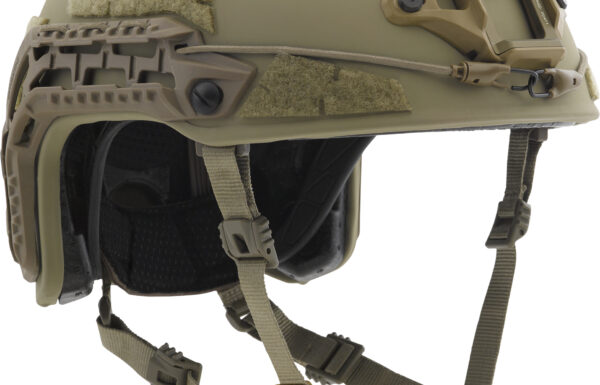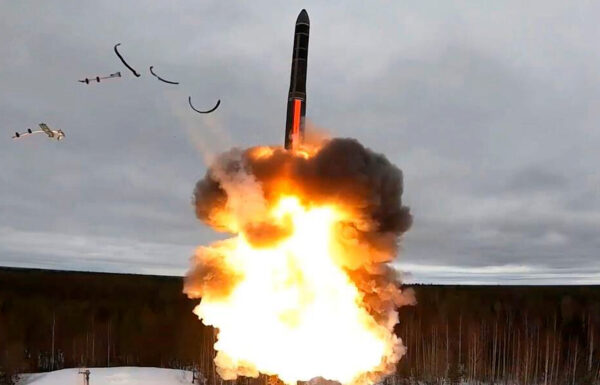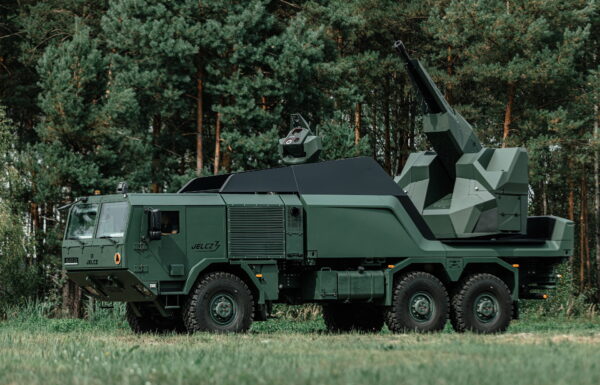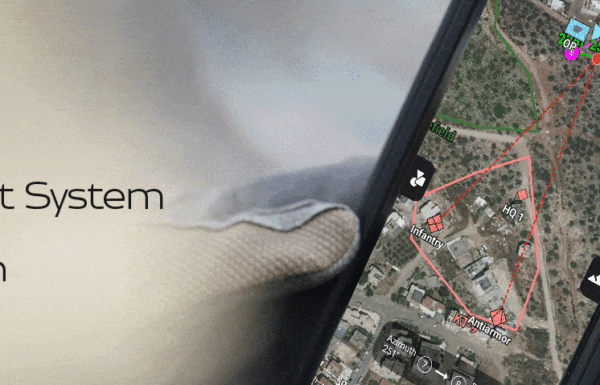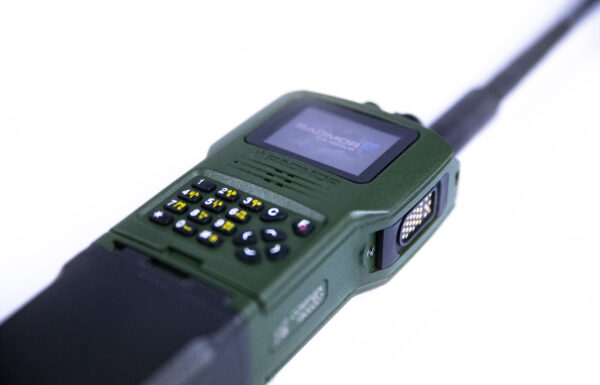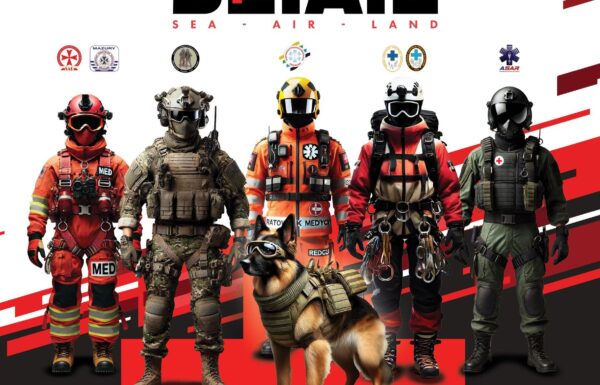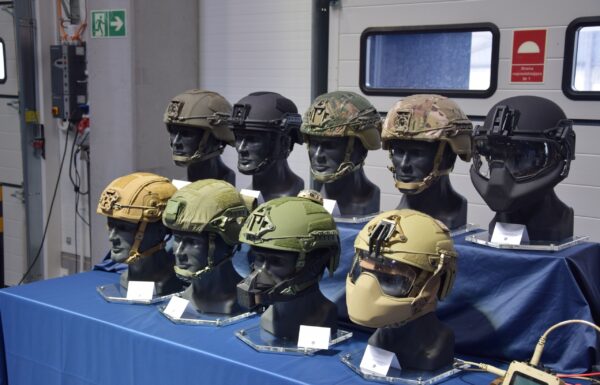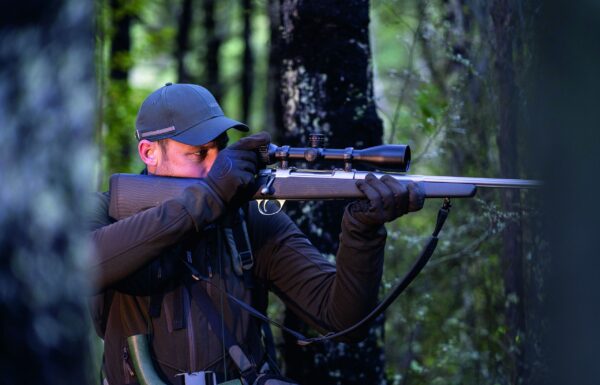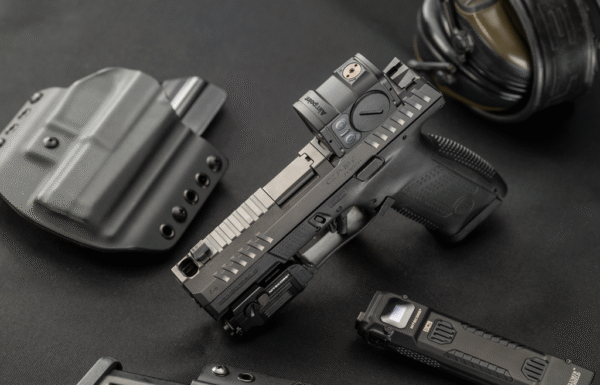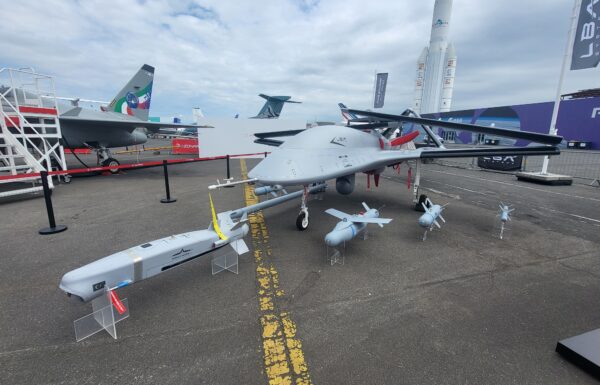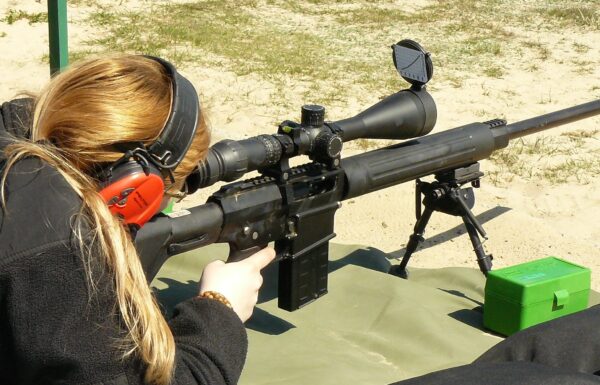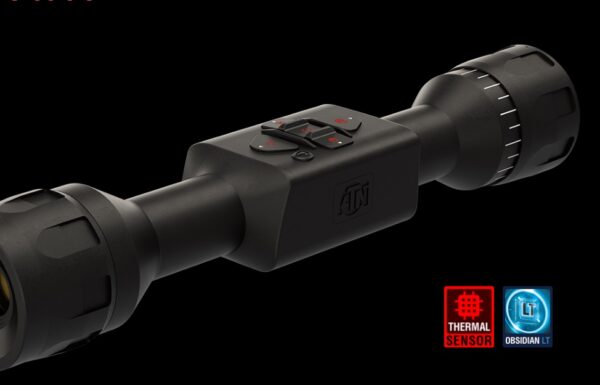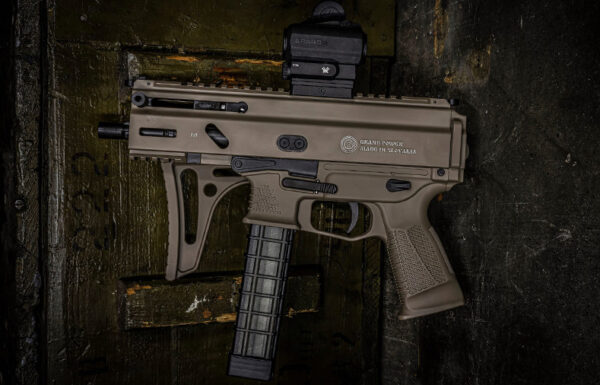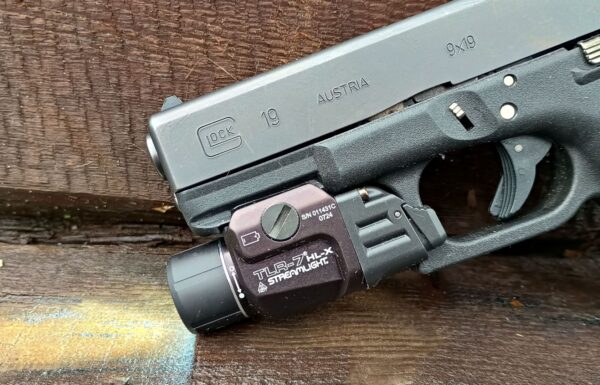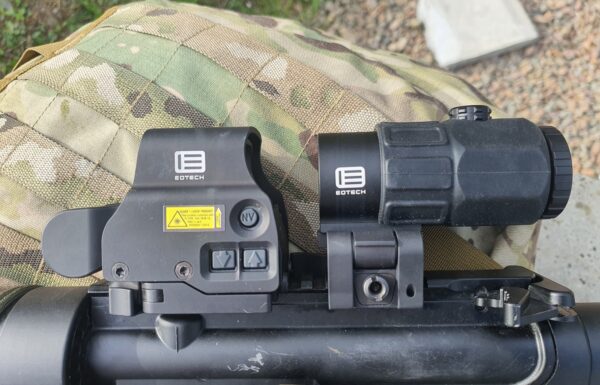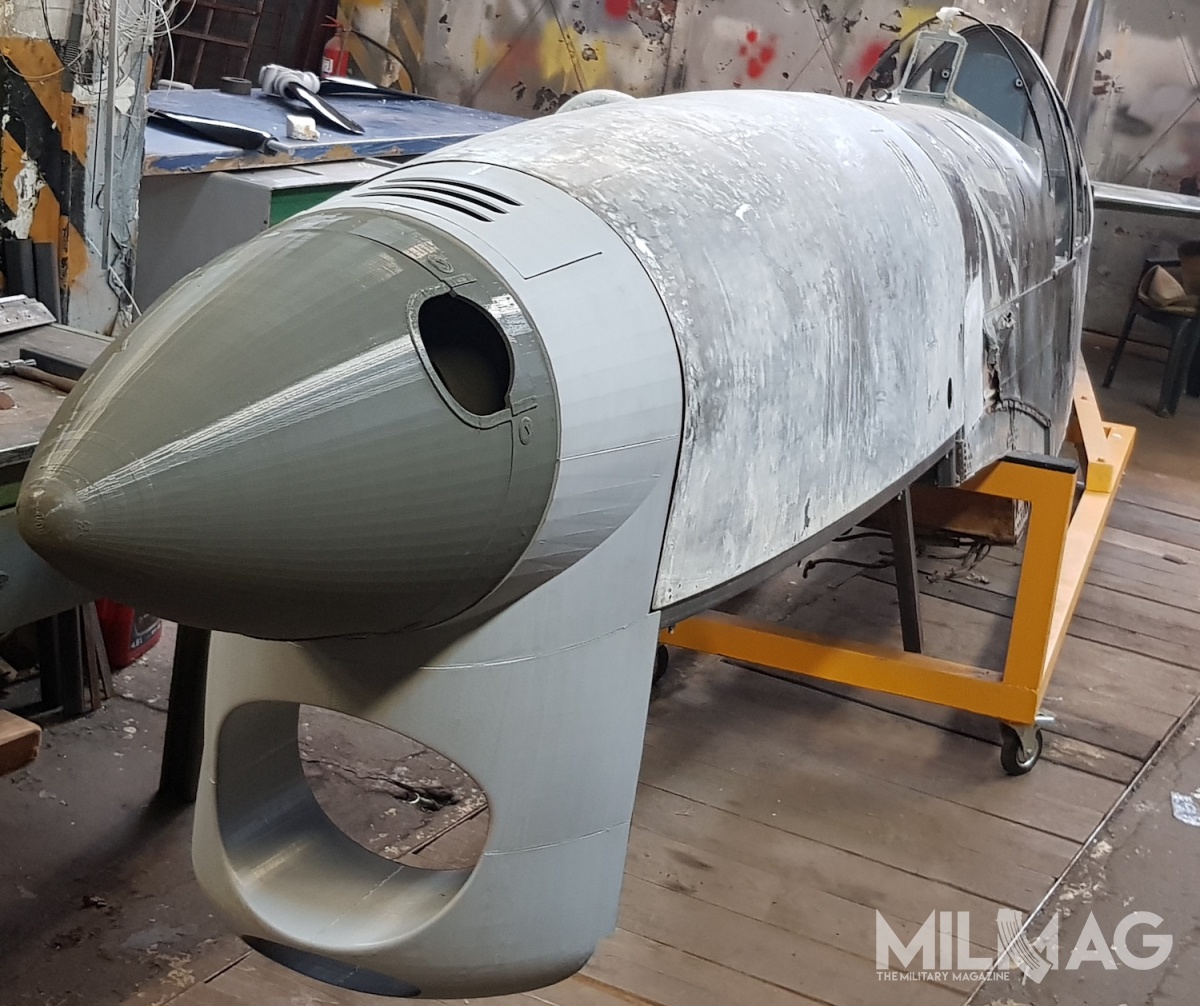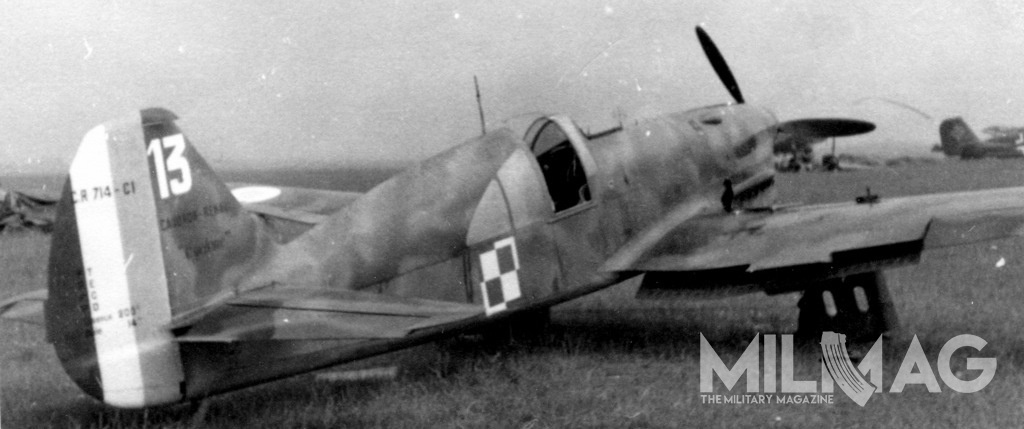One of two Caudron Renault CR.714C1 fighter planes still in existence is currently undergoing restoration in the Polish Aviation Museum in Cracow. Missing fuselage elements are recreated with 3-D printing technology, using one of the biggest additive printers in Europe.
Plane`s shape is being recreated during the renovation
The renovation project is a joint effort between the Polish Aviation Museum (Muzeum Lotnictwa Polskiego – MLP) and Cracow-based ATMAT company which specializes in manufacturing of 3-D printers. The plane itself was produced in 1939 and has a production number of 8538 and CA-556 serial number. The plane is unique – it provided one of very a very few original examples of French camouflage from the start of the 2nd World War.
Unfortunately, the exhibit is incomplete. Front part of the fuselage, engine, and the propeller did not survive the war. Traditional reconstruction of these parts would be very challenging as there is hardly any technical documentation available. Steel nose parts would also require development of specialized forms.
Thanks to 3-D printing technology, it was possible to reconstruct parts based on a computer model. Whole process is supervised by a licensed conservator and the plane will remain historically correct. New elements are mounted to existing fixing points to keep the rest of the fuselage as original as possible.
Thanks to 3-D printing, fuselage elements were reconstructed from a computer model / Photos: MILMAG archives
The plane in Polish Aviation Museum is one of six Caudrons delivered to Finland after the USSR attack, as a part of military aid. Since May 1941 it was used for training in the aircraft maintenance school. It was passed to the MLP as a long-term deposit by Finish Päijät-Hämeen ilmailumuseo aviation museum located at the Lahti-Vesivehmaa airfield.
Description
Caudron CR.714C1 fighter plane was a development version of C.710 and C.713 aircrafts. Marcel Riffard designed the plane for Caudron and based it partially on racing planes of the era. Aircraft was created in response to a request from French Air Force looking for a simple, light, wooden framed airplane. Caudron was powered by a low power engine but reached high speeds thanks to it`s good aerodynamic properties.
Between 9th and 11th of June 1940, pilots of GC 1/145 fighter squadron shot down 8 German airplanes / Photo: Bartlomiej Belcarz archive
During the fighting in France, combat flights on CR.714C1 were conducted mainly by Polish pilots. Planes were used by the GC 1/145 fighter squadron, created from a unit that was supposed to be sent to Finland. In the end, GC 1/145 was relocated from Lyon to near the Paris.
Planes experienced various problems such as engine, landing gear and propeller pitch issues but due to lack of new aircraft Polish pilots continued combat missions in CR.714C1`s. Between 8th and 11th of June 1940 pilots of GC 1/145 shot down 8 German planes while loosing 14 Caudrons (4 to enemy fire, 10 to accidents).



